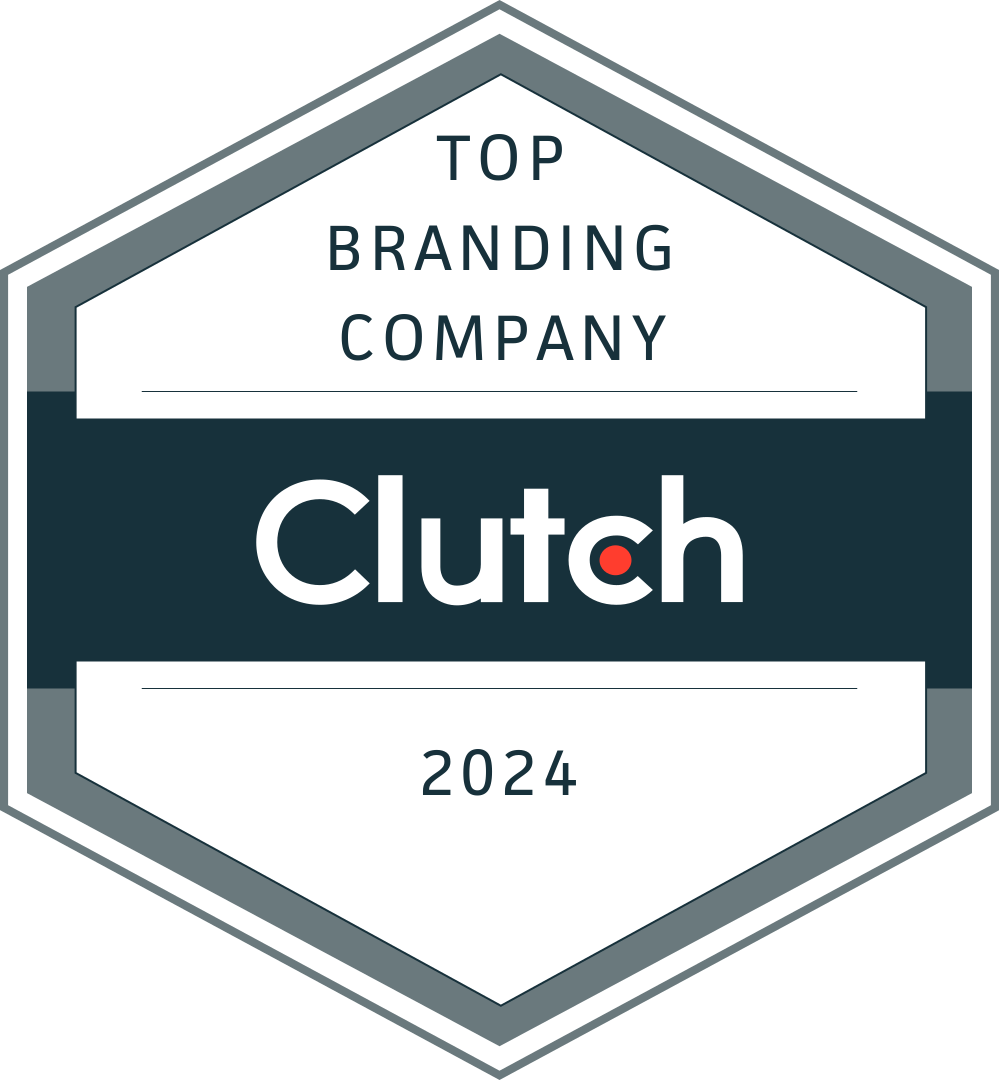
Whether to rebrand is not a decision to be made lightly. Factors such as if your brand is setting you up for success, how much equity your brand has and if you have permission from target audiences to change all come into play. But one element that often gets overlooked are the real, tangible costs associated with introducing and maintaining a new brand. For a new company, these are simply the cost of doing business. In the case of a rebrand, however, you need to consider whether you can fully support a new brand. If not, now may not be the time for a big change.
Costs can generally be grouped into one of four categories:
- Creation: cost to create a brand platform, name and logo
- Protection: cost to file and maintain the trademark(s)
- Promotion: cost to build awareness and engagement with target audiences
- Governance: cost of ongoing, required brand management

Creation: Cost to create a brand platform, name and logo
Even the largest companies with the deepest marketing and creative benches frequently look to outside help—namely, branding agencies—when the need for a new brand arises. Once engaged, diligent agencies will follow a tried-and-tested process to take you from your starting point to a solid brand foundation.
A typical creation process begins with a robust discovery phase that may include qualitative research alone or, if budgets allow, quantitative research and social listening. The next step is a strategy phase, to develop a brand platform that can anchor all creative development and communications.
Next comes creative development, the process of generating and clearing names, including knockout IP searches, developing logo options and look-and-feel designs, and wrapping all that up in usage guidelines.
At this point, some also choose to conduct validation research, to test concepts with target audiences and refine as needed before fully launching the brand.

Protection: Cost to file and maintain the trademark(s)
If a company is fortunate enough to have a legal department capable of trademark clearance and registration, out-of-pocket costs may be kept to filing fees. If not, you are also looking at consultative legal fees. As for those filing fees, there are application fees for each trademark, name and/or logo, for a single class of goods in either the US only or internationally through the Madrid Protocol. Those costs can increase, sometimes significantly, if you are:
- Filing in multiple classes
- Filing in multiple countries (called “contracting parties”)
- Not actually using the brand commercially yet (filing on an “intent-to-use basis”)
- Missing requirements in your application
Maintaining these trademarks brings another set of fees. In the US, every ten years you must file to show you are using the brand commercially (or explain why you are excused from doing so) as well as to renew your trademark. Similar filings are also required under the Madrid Protocol. And if, after five years of use, you want to claim “incontestable rights,” that involves another fee.

Promotion: cost to build awareness and engagement with target audiences
Promotion is, without a doubt, the costliest part of the equation. It is also where companies have the most discretion as to where, and how much, to spend. However, insufficient investment can cause a brand to wither on the vine.
When launching a new brand, there are both the implementation and launch costs as well as the year-over-year marketing spend to consider. As a point of reference, the average annual marketing budget is 9.2% of revenue according to the Fall 2023 CMO Survey.
After the basic building blocks—brand platform, name, logo, look-and-feel—have been developed, usually the next step is to create a library of templates and marketing assets—such as PowerPoint presentations, brochures, product sheets, email templates, etc.
Next comes launch planning—essentially introducing your new brand and what it stands for to internal and external audiences.
You will likely also need either a new or redesigned website for your brand. Most brands only have a “brochure” site, but consumer-facing brands may also need an e-commerce component. A website may also require one-time search-engine optimization (SEO) keyword research as well as ongoing costs for hosting and maintenance, SEO monitoring and optimization and search-engine marketing (SEM).
You also may want to develop a content marketing strategy. This is all about delivering the right messages to the right audiences, in the right place, at the right time. SEM would likely be factored into this plan, creating a slight overlap in budgets. This content market strategy is in turn implemented through things like advertising, PR, thought leadership and other marketing activities appropriate for your brand.
Finally, you may choose to develop a suite of data science tools to aid marketing decision-making. Common tools include predictive/prescriptive modeling, NLP/text analytics and advanced forecasting.

Governance: cost of ongoing, required brand management
There are two aspects to governance: internal management, to ensure the materials you produce are using the brand properly, and external management, to ensure others are neither misusing nor infringing on your trademark.
Internal enforcement usually starts with an ounce of prevention in the form of employee engagement training. Often, a portion of this training is specifically targeted to a group of brand ambassadors who can help champion the brand internally and answer questions that arise. Larger, multi-office organizations frequently also opt for a brand center, a digital repository of guidelines or standards, training and assets. A brand center also requires ongoing hosting and maintenance—which can likely be bundled with website hosting and maintenance for cost savings. Brand training and brand centers are particularly helpful if you have any external partners who create content or materials for you.
For external management, some turn to active trademark monitoring. There are a variety of software and service options available, and prices vary based on how frequently you check, how in-depth the check is and how much analysis is provided. The second part of external management that can incur costs is legal action for trademark protection. Costs can again vary widely based on what action is required, from filing a Letter of Protest with the USPTO to trying a lawsuit. One important factor to keep in mind: if you do not take action against trademark infringement, it can damage your ability to maintain that trademark.
_____
As all of these costs make clear, the decision to rebrand is a large commitment. If there is a strong enough business case though, you may decide it is the right move for you.
